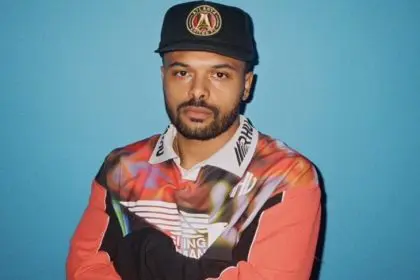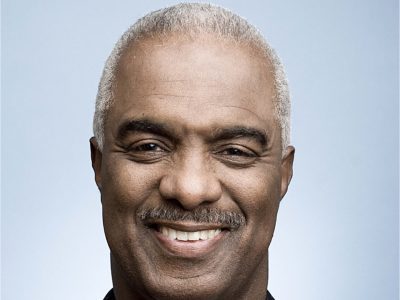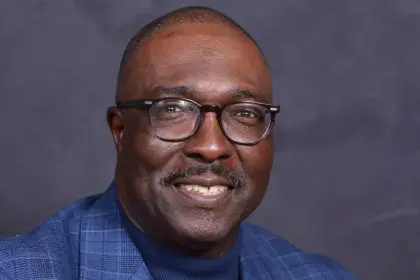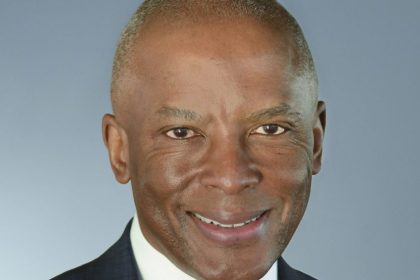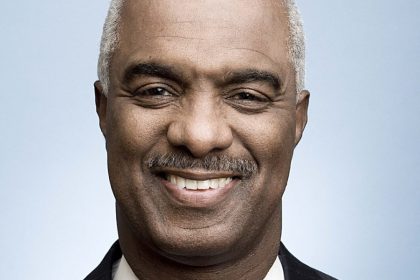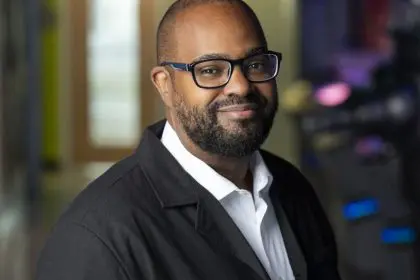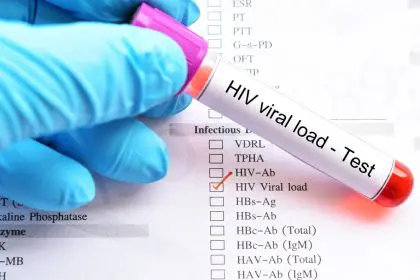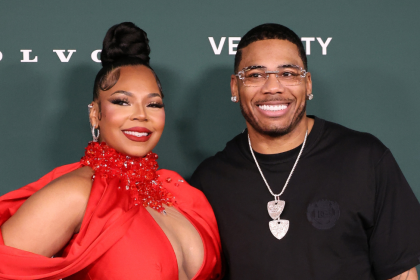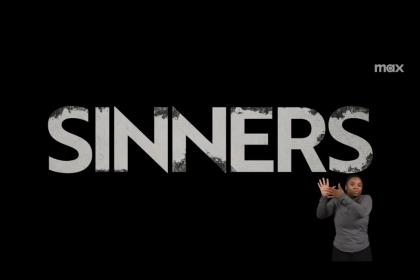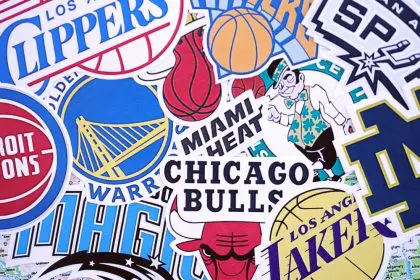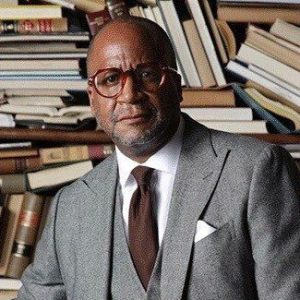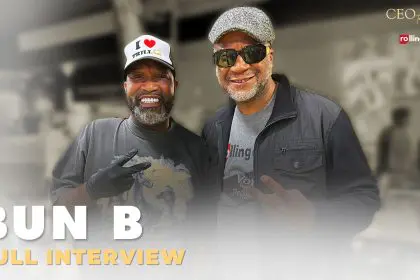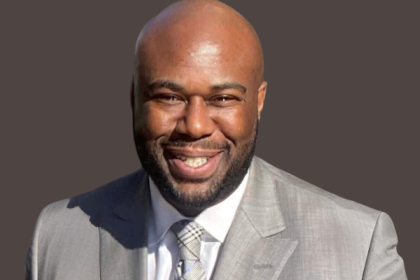In a pivotal era for African American cultural preservation, Dr. Vedet Coleman-Robinson stands at the helm of the Association of African American Museums (AAAM) as its President and CEO. Since her appointment as executive director in 2019, she has orchestrated a remarkable 270% increase in membership and secured over $6.5 million in funding. A Delta Sigma Theta Sorority member with a rich academic background from Virginia State University and Howard University, Coleman-Robinson brings a profound understanding of U.S. history and public history to her role. In this enlightening conversation, she shares her vision for preserving Black culture, fostering community connections, and innovating museum spaces.
What are two reasons people should support both you and the organizations you represent?
Absolutely, Why you should support the Association of African American Museums is because we were established to support the African American museums and the individuals who are preserving, protecting, and interpreting that work. So every year we have a conference, we also have educational material that goes out to our members.
We do advocacy work which is going to be very important, I see, but we do advocacy work with and for our members to make sure that they have what they need to be able to be the best African American museums and stay around for sustainability. So that’s why you would support us.
Why you will support our members is because they are doing the work of what I say is God’s work. They are making sure that the histories of the foot soldiers who were part of the Civil Rights movement are being preserved. They are making sure that what my family calls relics, but I call them collections, they’re making sure that our stories are being told in a way that everybody understands, but just making sure that our stories are getting out there.
For so long people have thought that African American history and culture is not important, or we didn’t have anything to interpret or collect, and we know as a community that that was incorrect and that was a lie, and it was a fallacy. So what our members do is to make sure they are serving the communities in which they are established in. And that’s why you would want to make sure that you are supporting those museums.
How are museums addressing young people’s engagement and making sure they understand their responsibility for the future?
So what I’ve been seeing is, it’s not really a trend. It’s something that we’ve done since our inceptions, right after the Black Arts movement. We did. We basically interwoven, making sure that students, young people, see themselves in our museums.
So when you go into black spaces which I always love, you automatically get a hug. It feels like you’re at home. It feels like you belong in that space. And what I’ve been seeing, to make it a little bit more in line with what young people are doing is there are apps that our museums are pushing out. There are a lot of virtual conversations happening, programming that you don’t have to go into the space. If your curfew is at a certain time you can watch that via Zoom, or whatever platform our members are using.
But also, being able to connect with the individuals who are having those conversations. And interpreting those sites as well, that’s something else I love about our museums. You don’t go into the museum, and it’s not stagnant. It doesn’t feel like a hospital. It doesn’t feel like you’re not able to connect with things.
One of my favorite stories in the world is. I was at the Reginald F. Lewis Museum, and I was speaking to one of their visitor service members, and she said, I love this museum. The Reginald F. Lewis Museum is in Baltimore, Maryland, and she said, I love this museum. I love everything about it.
I said, Oh, okay, I said, well, let’s walk through the gallery real quick, and that’s something that she wasn’t able to do because of her job. She’s in visitor services. So she’s always saying Hi! To people and greeting them. But she wasn’t able to go through the space, and as we were walking through the space in the permanent collection, she says, Dorsey, I said, Oh, yeah, the Dorsey family is very big in Maryland, establishing Maryland, she said, well, my last name is Dorsey, and I said, Girl, those are probably your family, and come to find out. She called her grandmother, who called a couple other people, and those individuals on the Wall text were her family. And I don’t think it gets any better than that. That’s the connectivity that we have in our black spaces.
We are making sure that everybody connects. You see your story in every black museum, and I think that that’s what’s important. And that’s cross-generational.
For CEOs considering fundraising, what are your key insights about getting attention in limited opportunities?
Well, for me, I have implemented for the past 30 years a strategy of just going for no.
You can only tell me no, that’s the worst I can hear. But to me no today doesn’t mean it’s a No forever. So you’re going to hear from me again after you say the No. Now I’m not going to be worrisome, but maybe in a year or 2, you might hear from me again as I cultivate that relationship. And it’s all about relationship building.
But also, just trying to figure out who’s in your corner who has connections to what you’re doing for us at the Association of African American Museums. It’s a little different for me to fundraise, because I don’t have a bricks and mortar museum. My members have a better opportunity to raise funds because they have a bricks and mortar, and it’s something that funders like to get behind because they can see their name on the wall text, if they’re doing an exhibit, this is now the such and such gallery. So it’s those types of things for me. I have to focus on the services that we give to our members.
The sustainability of an organization that’s almost 50 years old, what we can do to make sure that we are supporting our members the best. And I found a lot of friendlies, a lot of people who love what we do, a lot of people who understand associations. And then it’s just also asking them to make introductions, because I don’t know everybody in the world. I have to build up my Rolodex, and this year I’m being a little bit more intentional about making sure that we’re doing a lot more for us by us.
And it’s not just this year. I’ve been doing it since I started this position in 2019. But I want to be very intentional on making sure. And I started it last year when we were in Baltimore at Conference, and this year we’re going to be in Charleston. At Conference. I started a situation where I wanted to make sure that our vendors were black businesses, and it worked out phenomenally. Folks came near and far. We had a black coffee company come, and it was just.
It gives you a different dynamic. But it’s all about again relationship building, making sure that people feel the need to be seen, but also know that you want them there. It’s all about a hug, at the end of the day, making sure that people feel that they are connected to you, and making sure they are connected to the association and the mission.
What three things would you share with future CEOs at an HBCU graduation?
Well, the number one thing is to be authentic.
This being at the helm of anything is going to beat you down. It just is. You can’t please everybody. You’re going to do some things that are right, and I can’t say you’re going to do things that are wrong. You’re just going to do things that people don’t like, but you have to be bold and making sure that and stand, ten toes down on what it is that you know is best for your company or your organization. Also, self-care self-care is important, because if you don’t set up boundaries.
You wind up getting burnt out, and I’m going to tell you, Munson, I did not know what being burnt out was, and I still don’t. I remember my 1st year being here at Triple Am. My board was very concerned. They’re like you’re doing all of this. You’re doing all of this stuff. But we we don’t want you to get burnt out and say goodbye to us, because, and I said, I don’t know what that is. But last year I learned I do have to put time for myself to decide whether it’s an hour, maybe 2 hours, one day out of the weekend, because when you’re at this level, the expectation is that you’re supposed to be on all the time, and while some of that is true, you do need to put some time in for yourself.
Oh, and just also just being tenacious, knowing when to pivot, but also knowing when it’s okay to say bye and no. And looking at maybe succession planning for yourself. What does it look like when you’ve been a transformative leader? And you’ve been doing a lot of things. But then it’s like, I think I brought an organization to where I needed to take it, and maybe it’s time for me to go now. So all of those things would be what I would tell anybody who’s looking to become a CEO. But then also definitely our HBCU shining stars that are about to walk in, walk into their path.
What’s your best methodology to communicate with your board and find value in board members?
Well, the number one thing with communicating with the board is just to make sure that they know what’s going on. Every board has its own DNA, but at the end of the day, every board also wants to be helpful for the organization, and should be aligned with the mission, they should be aligned with the bylaws, but then they should also be aligned with your contract, which is really important as well.
What I’ve learned in this position, but then also in other positions where I didn’t necessarily report to a board or work in partnership with the Board, just observing some things is they just wanted to be included. They also want to know about the health of the organization, but also but really, I’ve been very fortunate that my board members always want to know how they can help.
How can I help? And it’s not always about how they can help in a financial way. But how can they help me as an individual grow also? But how can they create a legacy with me for triple am. That’s really important as well. And it’s not anything that’s egotistical. It’s more. What are we doing to make sure that when we leave Triple am, we are leaving it in a better place. So those are the things that I tap into with my board. I think that those things are important.
How do you stay sharp and adaptive in a competitive, technologically advancing world?
For me, the best thing that I’ve done is make sure that I remain connected in a cross-generational way. I listen to those who helped build this organization. I value their opinions. I value the work that they did to make sure that this organization planted seeds, or what I call built the foundation right. But then there’s the whole thing of when you step into a role where an organization it’s not your baby. You didn’t build it from the ground up.
So you step into a role where there’s a foundation, and there’s already a house, and all you need to do is just some tweaks, some repointing, and then also making sure that maybe you do a renovation here or there, but the bare bones and the foundation are really strong. And then I also make sure to stay connected to emerging museum professionals or emerging professionals, because they have a tap on technology that I do not. I would like to think as a solid expert that I have an idea of what I’m supposed to be doing. But no, I am light years behind any and everything that I could have thought of. So they are always keeping me on my toes.
And also, something that has really helped out is, as a matter of sharpness, is making sure that I am tethered to others who are in leadership, whether they are at other associations we’re all doing the same work in culture associations, but also just associations in general. But then I also lean on folks who are in corporate America because I feel that there are, while I’m in a nonprofit. There are some things that just gel when you’re at this level of CEO.
So that’s really how I stay sharp. And then I’m always throwing myself into training because I feel that you just never stop learning. And I think that that’s one thing that some people not everybody. But maybe some people think well, I’m here. I don’t need to continue to learn. I’ll just learn here and there? No.
While some things are fundamentally the same. You do need to be with people where it’s iron, sharpening iron or just therapy, talking to other people about what you’re going through, because sometimes you think you’re the only person going through that you can’t speak. Sometimes you can’t speak to your board about what you’re going through. And then sometimes you’re not in a position where you want to speak to your team about what you’re going through. But if you have some colleagues where you can have iron sharpening iron, then that’s how I’ve remained sharp. I can just say.

